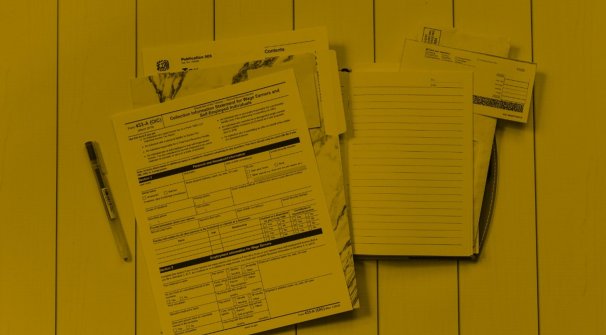 Gift Aid is a long established scheme and generally well understood and used by churches. Here is a list of 10 do’s and don’ts to help make sure you are operating the scheme well.
Gift Aid is a long established scheme and generally well understood and used by churches. Here is a list of 10 do’s and don’ts to help make sure you are operating the scheme well.
- Do encourage the use of the Gift Aid scheme. From time to time remind the church about the scheme, follow up new donors, and make Gift Aid declaration forms available. Gift Aid can be a significant income stream, so make the most of it.
- Do make sure that you have a valid Gift Aid declaration form for each donor from whom you are seeking to claim Gift Aid.
HMRC's model Gift Aid declaration wording is amended from time to time, so if you haven't reviewed your declaration forms recently, it is worth looking at the templates on the HMRC website and:
- using them, or a similarly worded bespoke declaration for new Gift Aided donations;
- considering the reissue of older declarations based on the updated wording. Declarations based on older wordings are not invalid, but a periodic refresh, say every 5 years or so, is sometimes in order if only to serve as a reminder to donors. Be sure to confirm, at the same time, that donors also reconfirm that they are paying sufficient tax (see 7 below).
Technically, Gift Aid declaration forms do not require a signature or a date. However, best practice would suggest that they are both signed and dated in order to provide evidence that the donor themselves agreed to Gift Aid their donation and to identify the gifts to which the declaration refers, especially if the declaration is 'enduring' rather than 'one-off'. It's easy to introduce these into the HMRC templates.
- Do ensure that you have a solid audit trail back from the donation to the donor and from the donation through the banking records to the bank statements and accounting records. This is particularly important where you make use of envelopes or other similar schemes where the donor is not obvious. Keep some evidence to support the audit trail, maybe a selection of envelopes for example, and if donation envelopes include the Gift Aid declaration then these must always be retained.
- Don’t miss the claims deadlines as it can be costly if you do. Claims must be completed within 4 years of either the end of the financial year or tax year in which the gift was received. To find out which deadline applies to your charity, read our Briefing Paper: Gift Aid Claims: When is a claim too late? Claiming Gift Aid on a regular basis (at least once a year) generally helps church cash flow and should avoid this issue.
- Do follow the examples on how to layout a claim (title, name, address etc.) that are provided by HMRC as part of the spreadsheet claims form on their website. Failure to do so can lead to claims being annoyingly rejected and then requiring resubmission. Note that only the donor's home address should be provided. 'Care of' or work addresses are not acceptable.
- Don’t forget that unless otherwise notified by the donor, the Gift Aid repayment follows the gift for accounting purposes. So Gift Aid claimed on donations into restricted funds will, unless otherwise notified, also flow into the restricted fund. Make sure this is properly treated in whichever accounting system you use.
- Do periodically remind donors of their requirement to have paid sufficient tax (income or capital gains) in order to enable you to recover Gift Aid. The responsibility and any subsequent liability for any underpaid tax rests with the donor, but you do not want the pastoral issues that may arise as a result of donors being in financial difficulty having to settle a tax liability.
- Do keep sufficient records to support claims and to provide information to independent examiners at the end of the year.
- Don’t forget the Gift Aid Small Donation Scheme ('GASDS') but remember:
- The rules that apply to the scheme (which are not the same as for Gift Aid);
- That the claim dates are different from Gift Aid, being 2 years rather than 4;
- The rules regarding community buildings were amended for donations received after 6 April 2017.
More comprehensive guidance on GASDS can be found here.
- Don’t destroy records and declaration forms in response to data protection laws (GDPR-UK). There is a legal requirement to retain Gift Aid records for 7 years from the date of the last gift received. This may mean keeping a declaration for many years after it was first given to the charity. Store them securely and in accordance with the data protection requirements and your own privacy policy.
Sharpen
Quarterly emails for trustees, treasurers and Church and Charity Leaders. Practical tools, technical resources and expert guidance to safeguard your mission and ministry.











